Barcelona’s most famous son is the architect Antoni Gaudi. And he may be one of the most original architects in the world. His creative and whimsical designs have left an indelible mark on Barcelona and indeed the Catalan region, and are recognized as a UNESCO World Heritage Site. On our recent trip to Spain, we sought out the works of Antoni Gaudi in Barcelona.
“Originality is a return to the origin.”
– Antoni Gaudi
All of Gaudi’s work has a form of dualism to it. It is both deeply influenced by nature and natural elements, while at the same time being bathed in an Art Nouveau-inspired dressing. Gaudi is both blessed by nature and graced by the goodness of mankind. His designs seem elementary on the surface, but complex in totality. In short, Gaudi is a master.
“Nothing is art if it does not come from nature.”
The most comprehensive way to understand Gaudi is at his Park Guell. This was to be a large planned community of homes for the wealthy by Gaudi in Barcelona. Situated on a steep hillside with views of the Mediterranean, Park Guell reflects Gaudi’s love of nature while integrating the ornamental tile work and decorations he borrowed from Art Nouveau.
We brought a picnic up here and enjoyed it under the shade of a tree while admiring his vision. We loved the complex terraces resting on pillars designed to resemble a wave. And everywhere, brightly colored tile work adorned nearly every search in the Park Guell “Monument Zone.”
Closer to downtown, we sampled tapas in the Gracia neighborhood, and discovered Gaudi’s first major commission on a small side street: Casa Vicens. This private commission is designed in the Moorish style, yet shows his evolution as an architect. The trademark natural elements are nowhere to be found, although the ornamental designs foreshadow techniques Gaudi would use in his other private commissions.
“Anything created by human beings is already in the great book of nature.”
The large boulevard Passeig de Gràcia has several important Gaudi works. The sidewalks feature a Gaudi design, but it is the buildings that visitors come for (and the shopping). These two buildings are some of the most photographed in the world: Casa Mila/La Padrera and Casa Batllo.
Casa Batllo verges on the playful. The roof line sports tiles that are designed to look like dragon scales. In fact, many have taken to calling Casa Batllo the “Dragon House.” The windows appear supported by large bones. It’s colorful display of both function and the fanciful.
“There are no straight lines or sharp corners in nature. Therefore, buildings must have no straight lines or sharp corners.”
While Casa Batllo is mystical, Casa Mila/La Padrera is born from reality. Some call it the “Rock Quarry” for is granite exterior. In this private commission, Gaudi practiced a skill he would later employ in his most important work: the absence of angles and the elimination of straight lines. At first the facade feels cold and impersonal, but as you appreciate the subtle ripples in the exterior, it becomes reminiscent of waves.
“In the Sagrada Familia, everything is providential.”
But Gaudi’s most important and lasting work is the Sagrada Familia – a Catholic Basilica to rival any in Christendom. No one can visit Barcelona without visiting the Sagrada Familia, which was finally opened in 2010 and is scheduled for completion in 2028. Its twin facades face large green parks.
From beneath the trees, you can catch breathtaking views of his masterpiece. Each façade is adorned with four spires pointing to the heavens. The nave has windows that are designed to look like seashells, or whimsical lollipops to the untrained eye. But everywhere there is something to see.
And that something is stolen from nature. The lighting in the basilica represents the colors of the rainbow. The pillars inside are built like tree trunks. The carvings include every animal imaginable. Nature is everywhere. And so is Gaudi’s genius.
“Nothing is invented, for it’s written in nature first.”
Experiencing Gaudi in Barcelona
Sagrada Familia (The Basilica and Expiatory Church of the Holy Family)
Address: Carrer de Mallorca, 401, 08013 Barcelona, Spain
Transit: The L2 or L5 to the Sagrada Familia station. Taxis line up Carrer de la Marina and Carrer de Mallorca.
Website: http://www.sagradafamilia.org/en/
Note: There are long lines for tickets and groups have priorities. Visitors should book their tickets online, which allows people to show up at an appointed time. The entire site is still a construction zone, so certain spaces are frequently closed off to accommodate workers and equipment.
Park Guell
Price: Much of the park is free. There is a nominal admission to the Monumental Zone.
Address: Carrer d’Olot, s/n, 08024 Barcelona, Spain
Transit: The L3 to the Lesseps station.
Website: https://parkguell.barcelona/
Note: For convenience, consider taking a taxi to Park Guell, and then coming home via the metro (this saves you a long, uphill walk). There can be long lines for tickets and groups have priorities. Visitors should book their tickets online, which allows people to show up at an appointed time.
Casa Mila/La Padrera
Address: Provença, 261-265, 08008 Barcelona, Spain
Transit: The L3 or L5 lines to the Diagonal station.
Website: https://www.lapedrera.com/en/home
Note: Tickets for Casa Mila/La Padrera can be purchased online saving time. If you plan to visit Casa Mila and other Gaudi sites on the same day, be aware that it is on the same metro line as Park Guell and can be easily visited after the park. Alternately, you can visit Casa Mila before Casa Batllo (thereby walking downhill).
Casa Batllo
Address: Passeig de Gràcia, 43, 08007 Barcelona, Spain
Transit: The L2, L3 and L4 lines to the Passeig de Gràcia station.
Website: https://www.casabatllo.es/en/
Note: Tickets for Casa Batllo or can be purchased online saving time. If you plan to visit Casa Batllo or other Gaudi sites on the same day, be aware that it is on the same metro line as Park Guell and can be easily visited after the park. If you visit Casa Mila and Casa Batllo on the same day, visit Casa Batllo last so you don’t have to walk uphill.
Casa Vicens
Address: Carrer de les Carolines, 18-24, 08012 Barcelona, Spain
Transit: The L3 to the Fontana station.
Website: http://casavicens.org/
Note: This was first major commission by Gaudi in Barcelona. It reopened in 2016 after being closed for renovations for several years. Casa Vicens is located in the Gràcia neighborhood and is close to some excellent tapas restaurants.
And a few more of favorite photos of the works of Antoni Gaudi in Barcelona:
Lance Longwell is a travel writer and photographer who has published Travel Addicts since 2008, making it one of the oldest travel blogs. He is a life-long traveler, having visited all 50 of the United States by the time he graduated high school. Lance has continued his adventures by visiting 70 countries on 5 continents – all in search of the world’s perfect sausage. He’s a passionate foodie and enjoys hot springs and cultural oddities. When he’s not traveling (or writing about travel), you’ll find him photographing his hometown of Philadelphia.


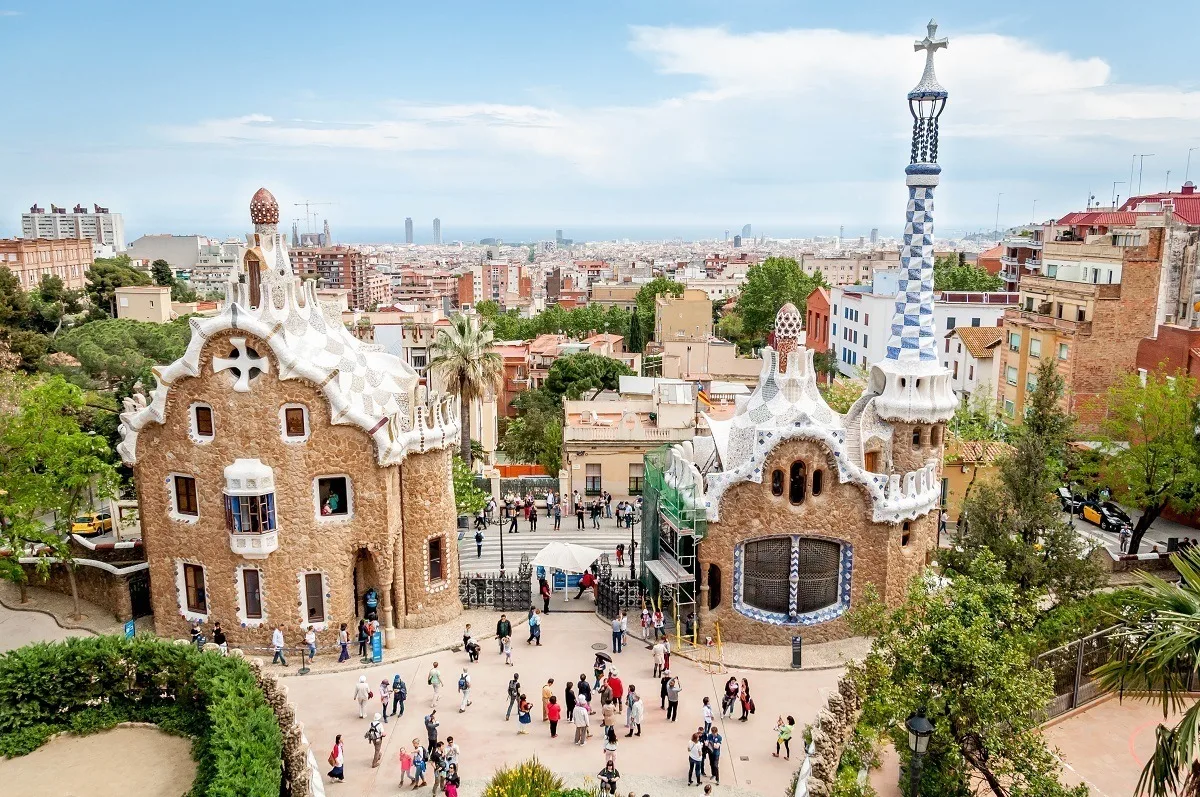
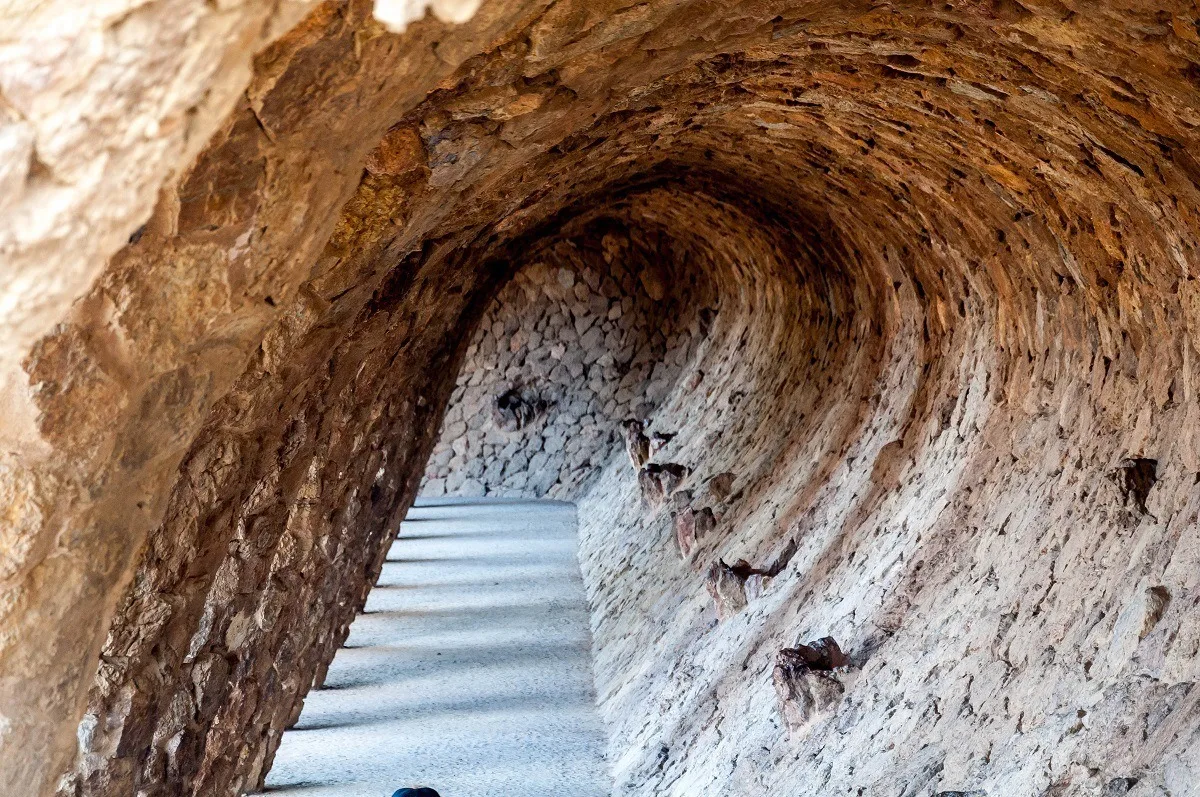
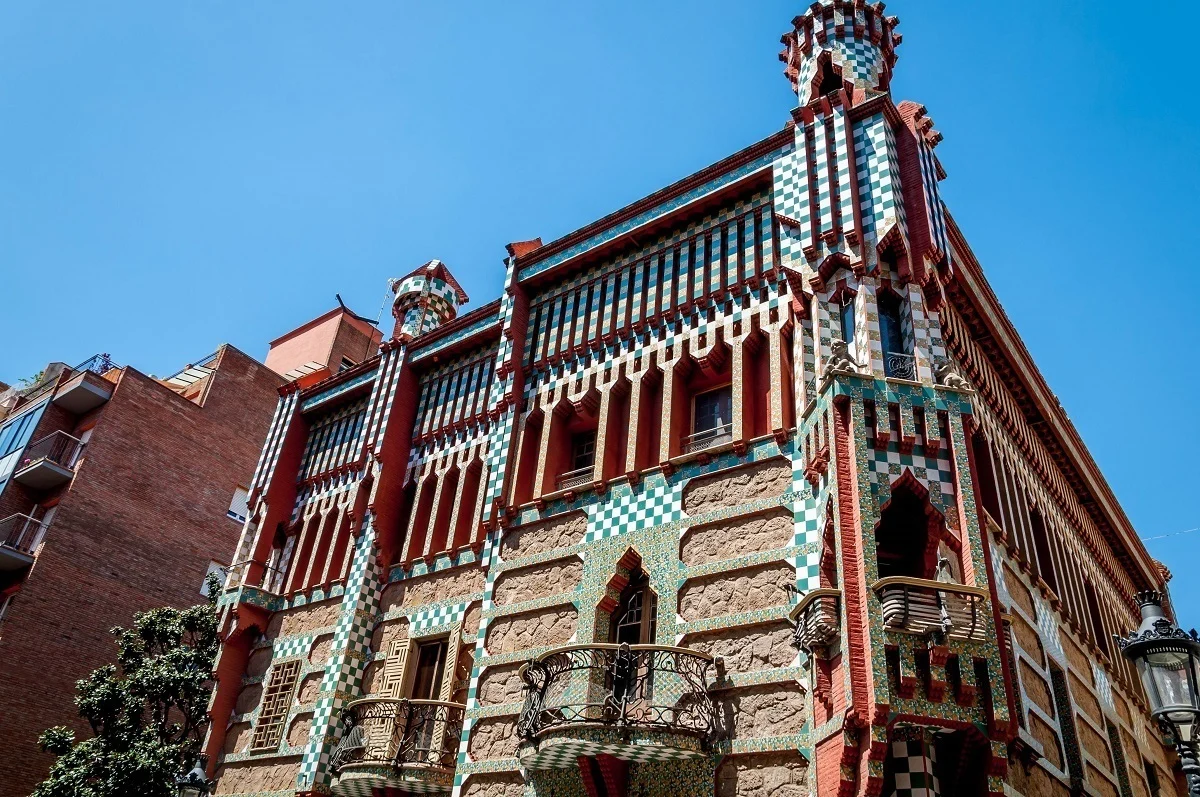
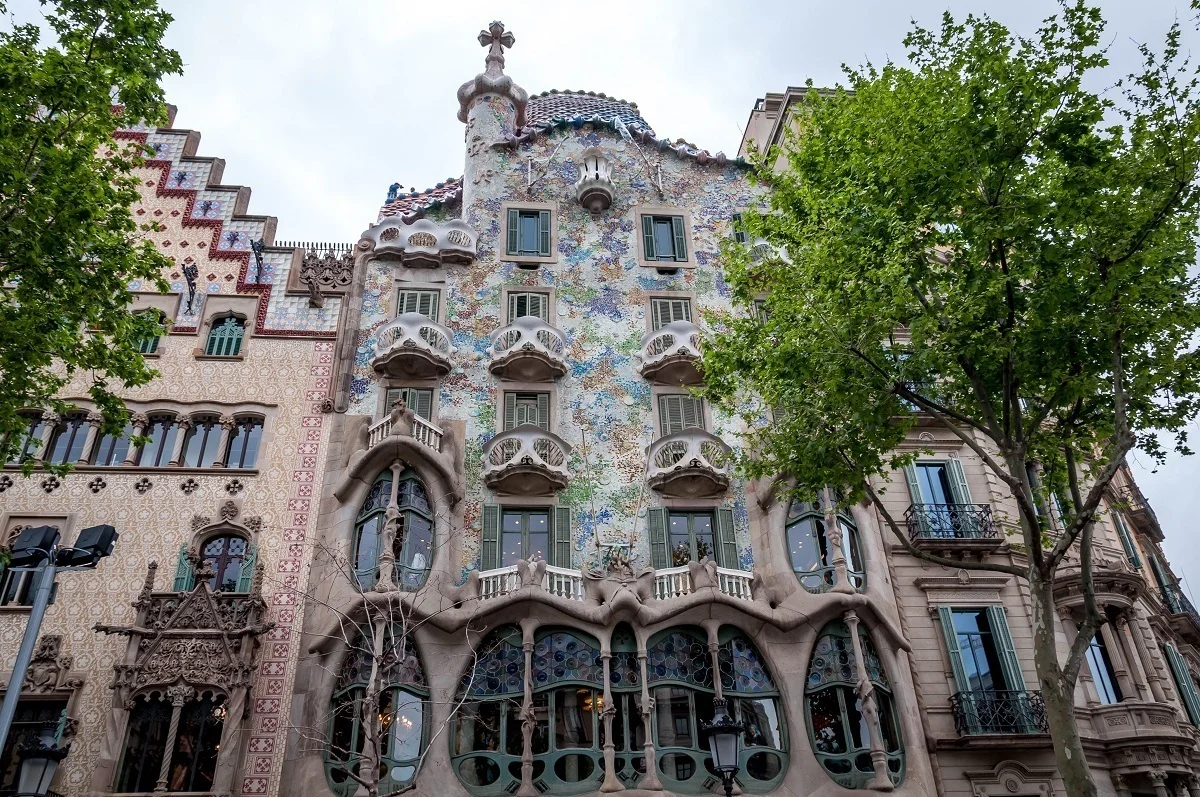
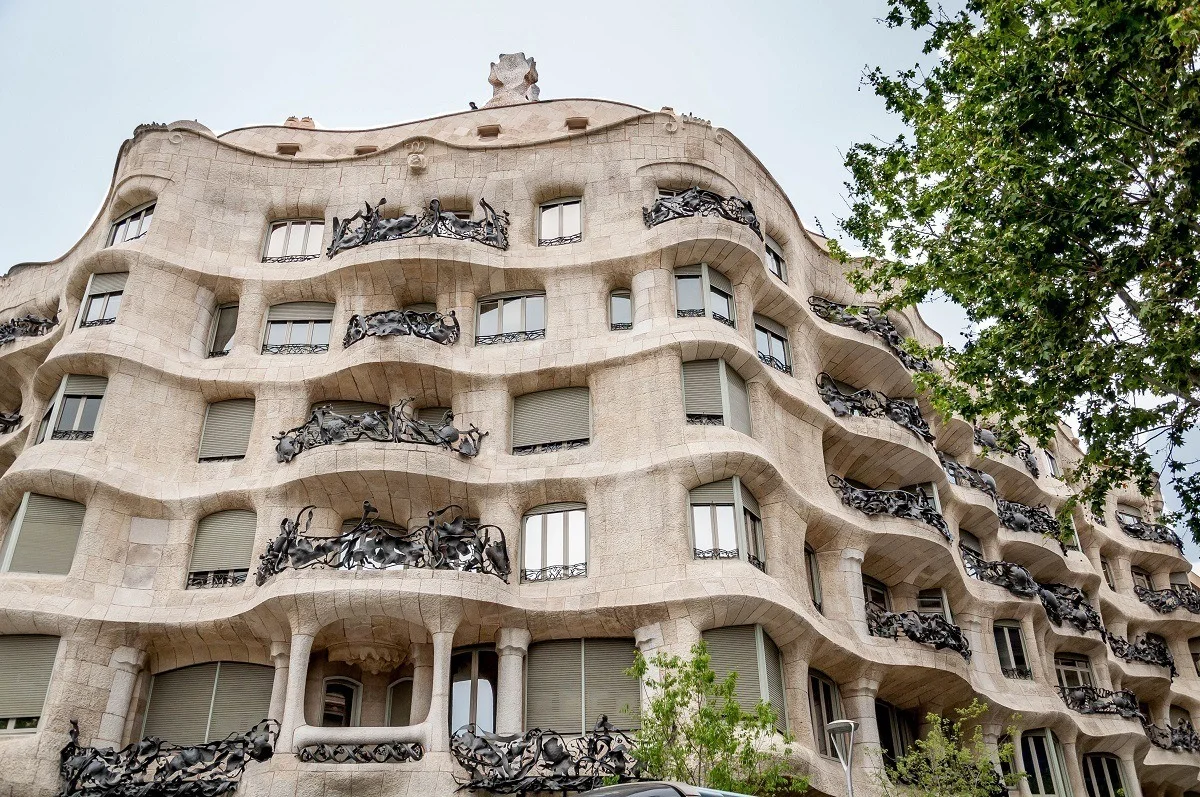
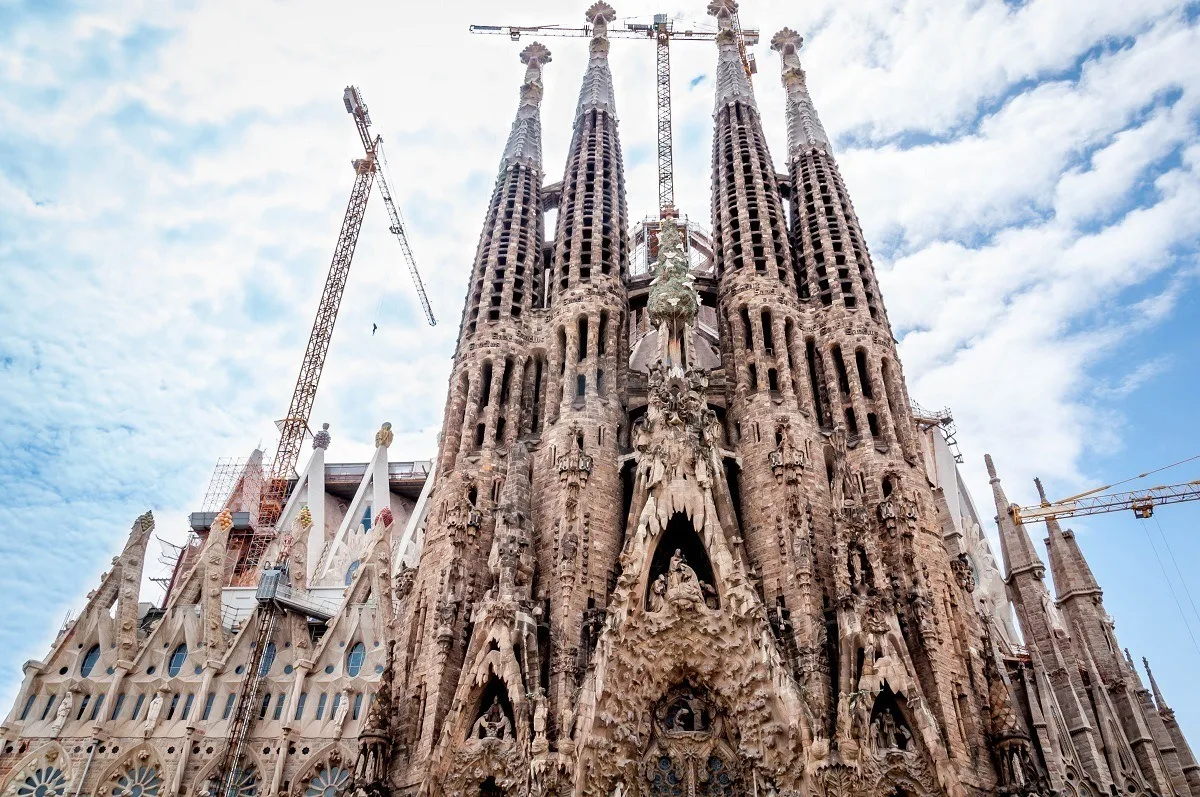
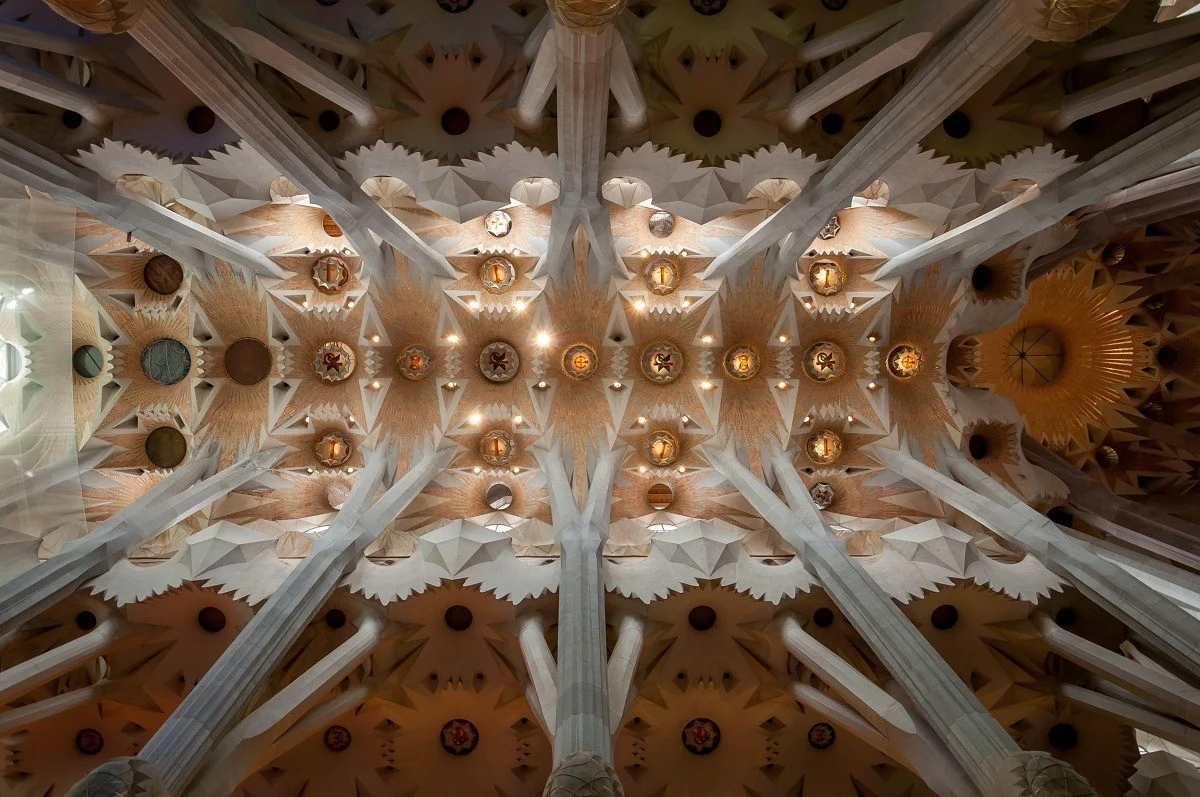
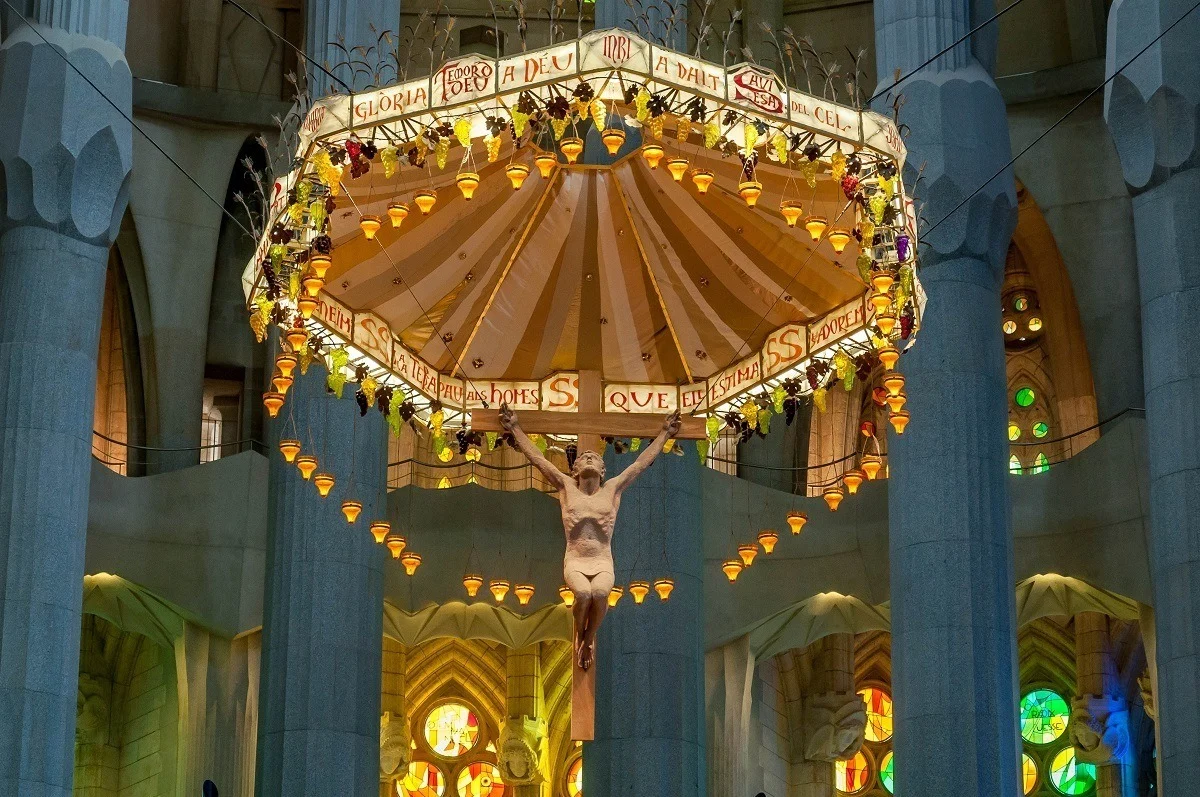
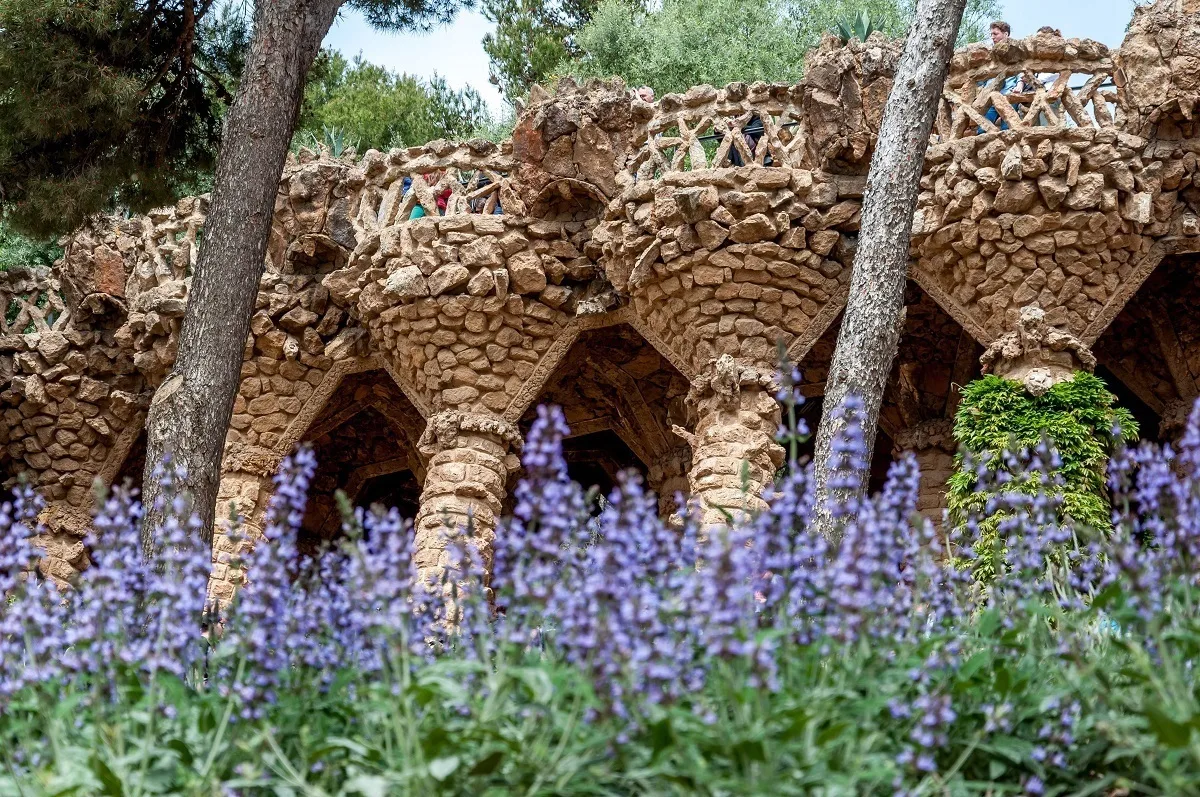
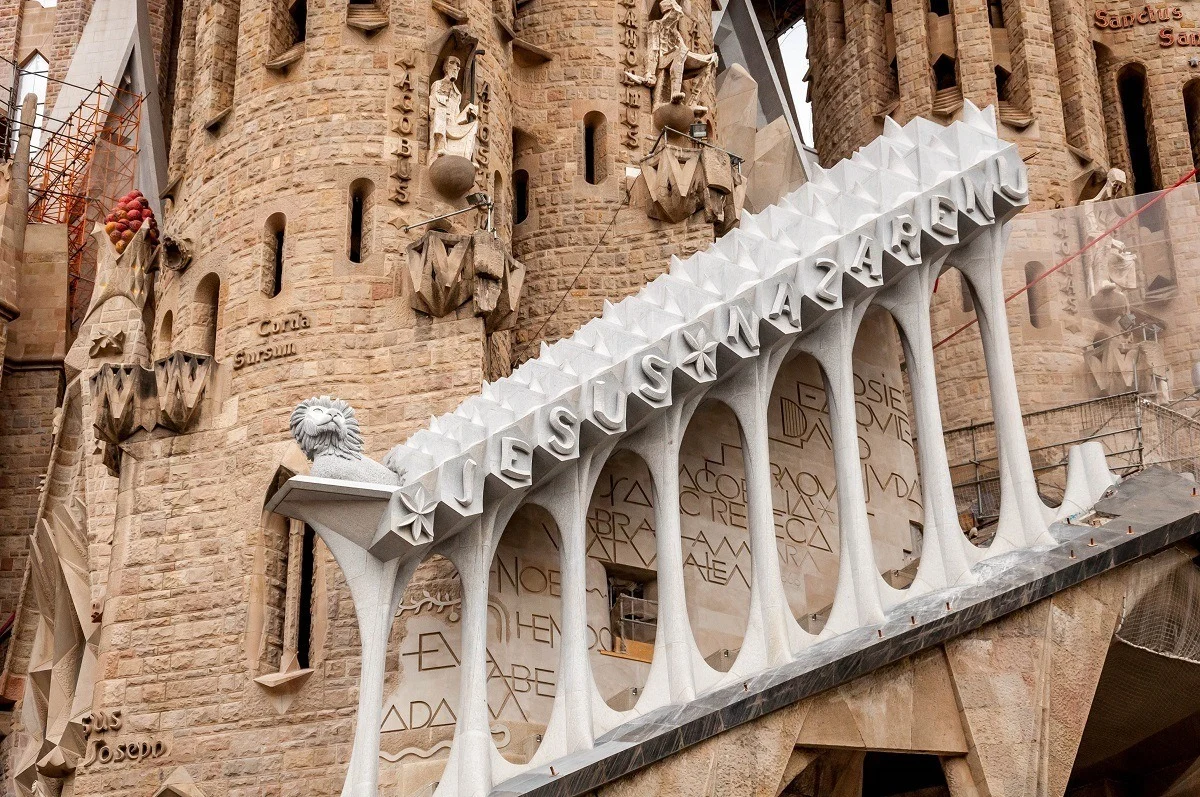
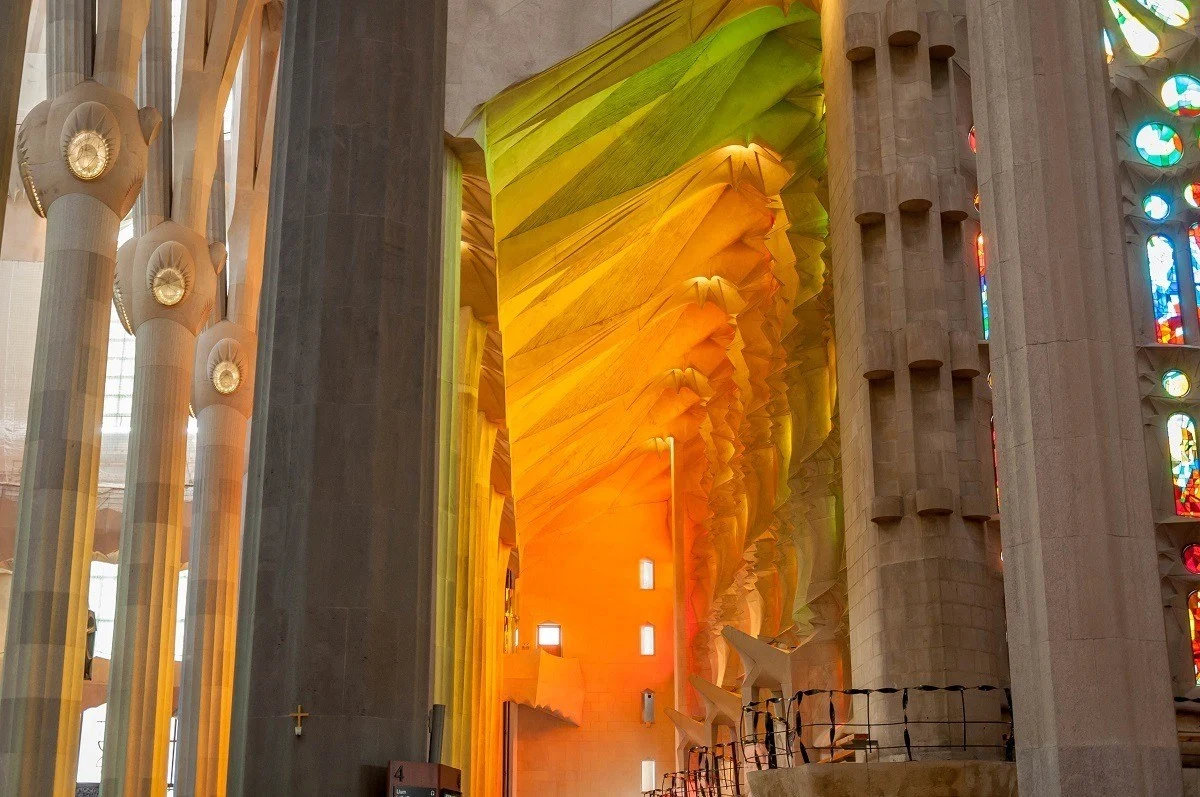
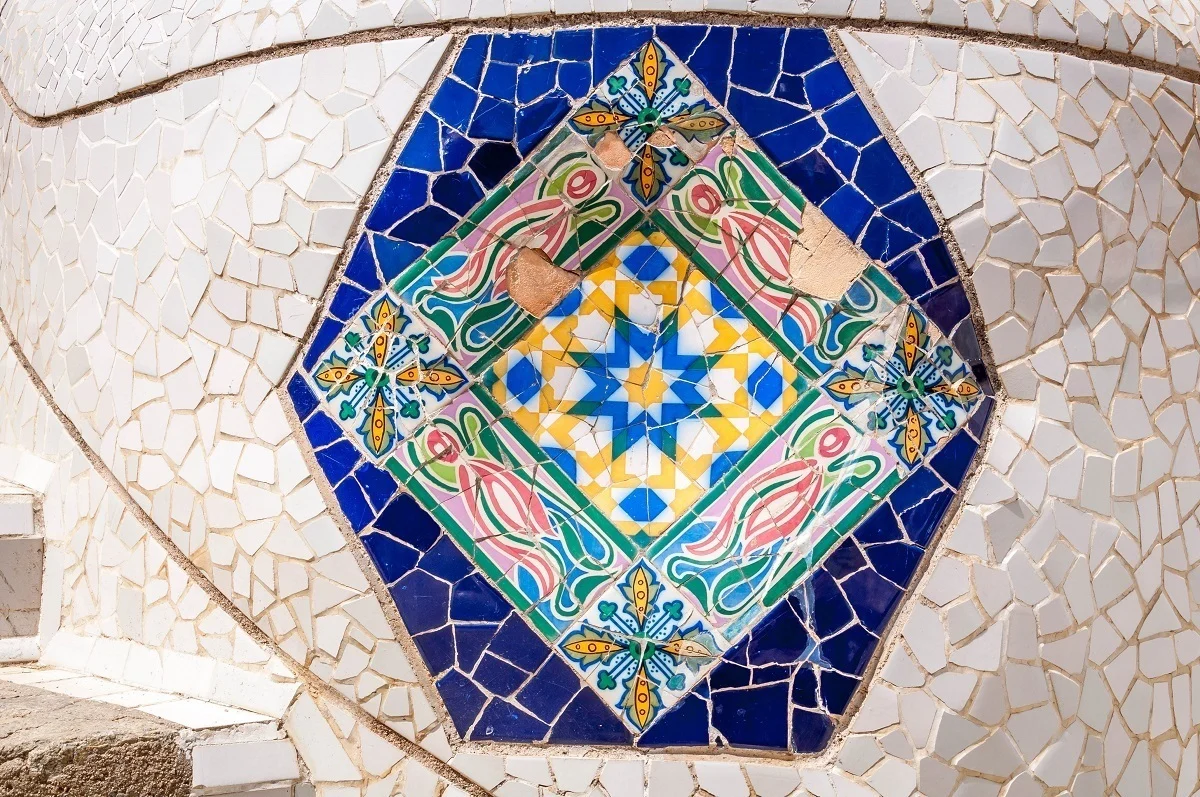
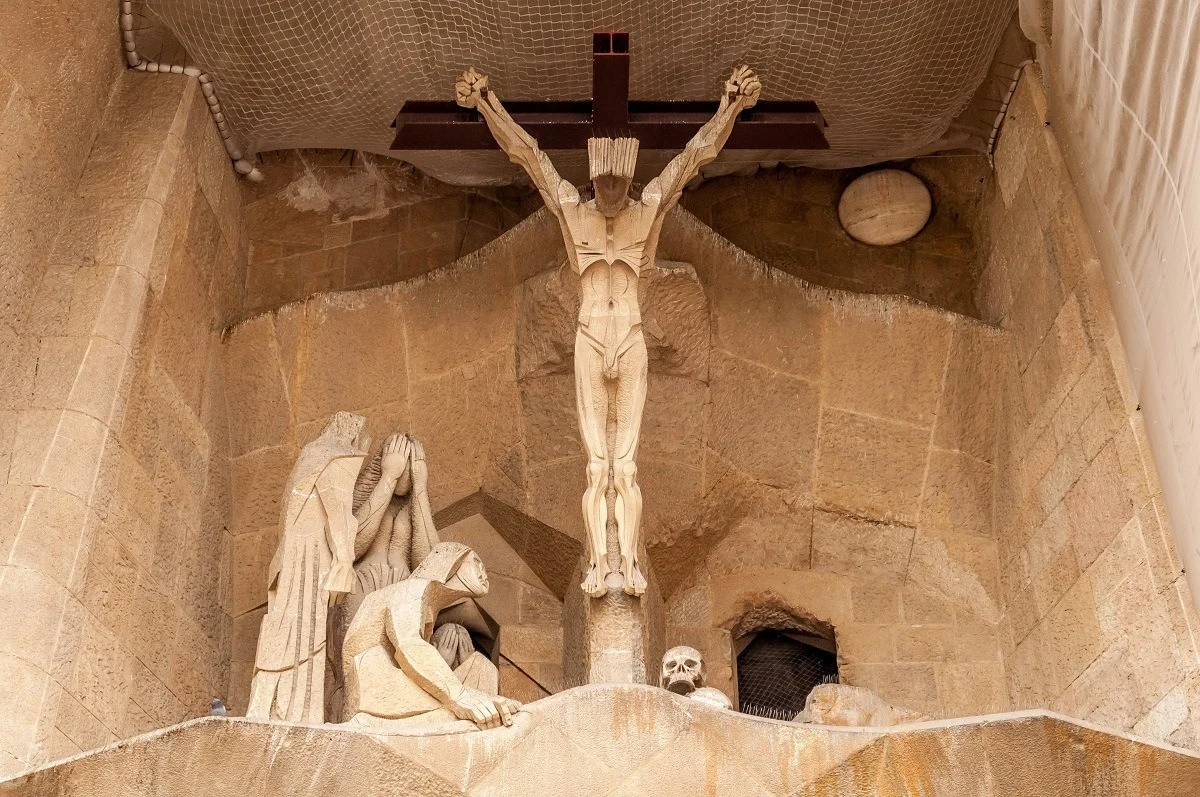
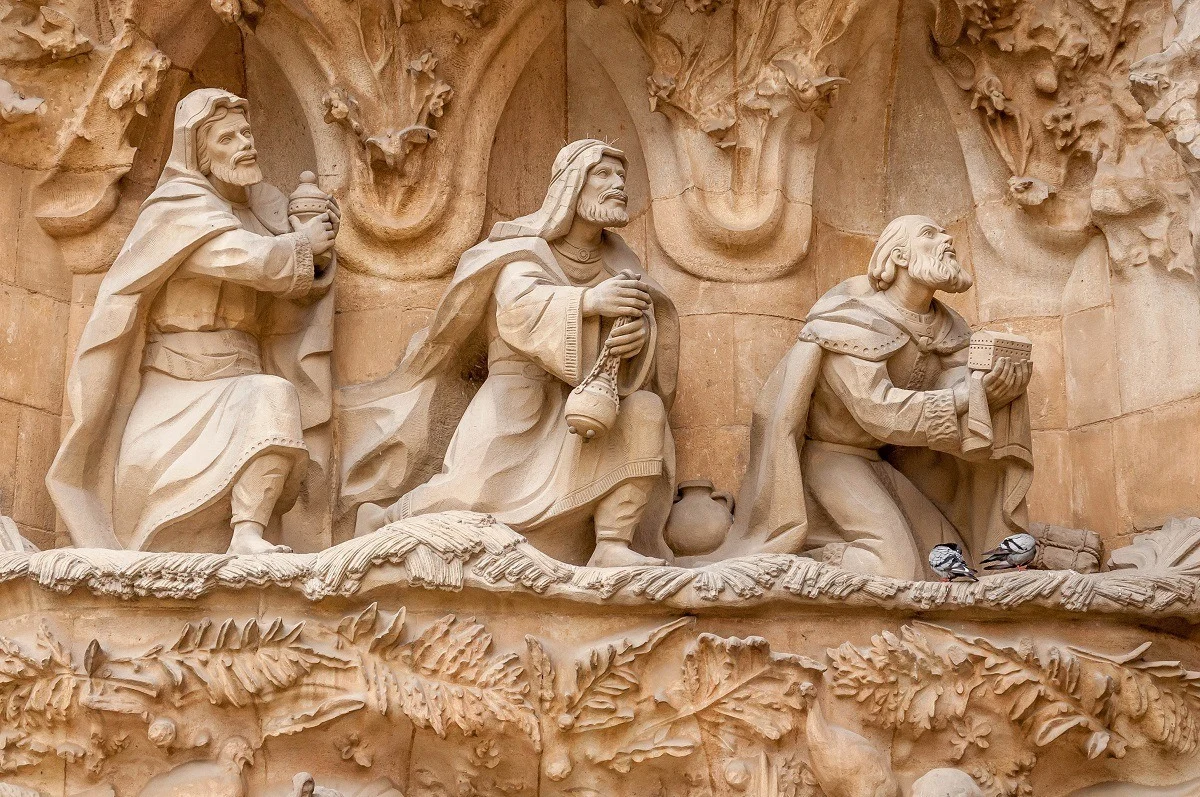
Stephen Garone
Sunday 20th of September 2015
Great photos! Must even be a hundred times more beautiful in person.
Ismael
Thursday 18th of July 2019
Great Article!!
Yes, in deed, it is incredible to visit it!! Specially Sagrada Familia...